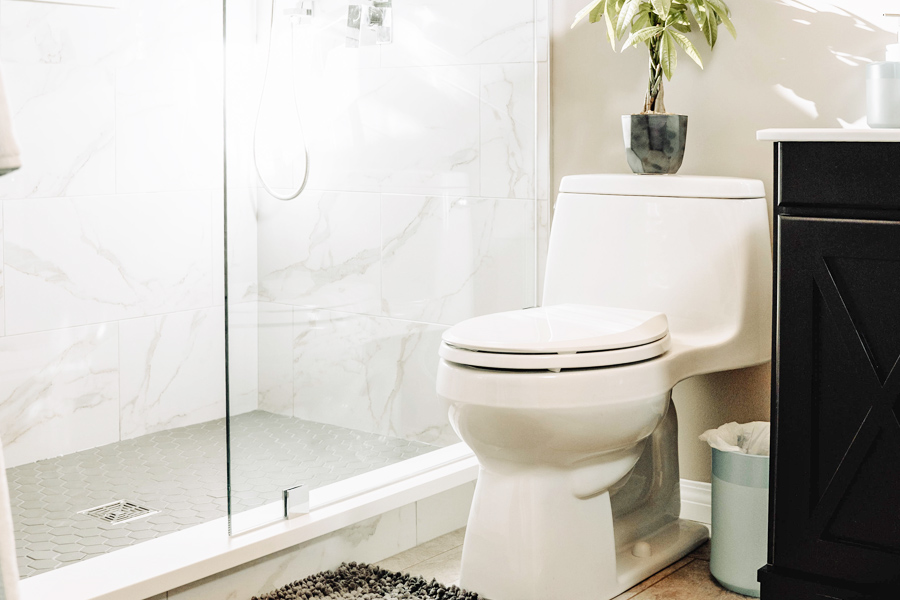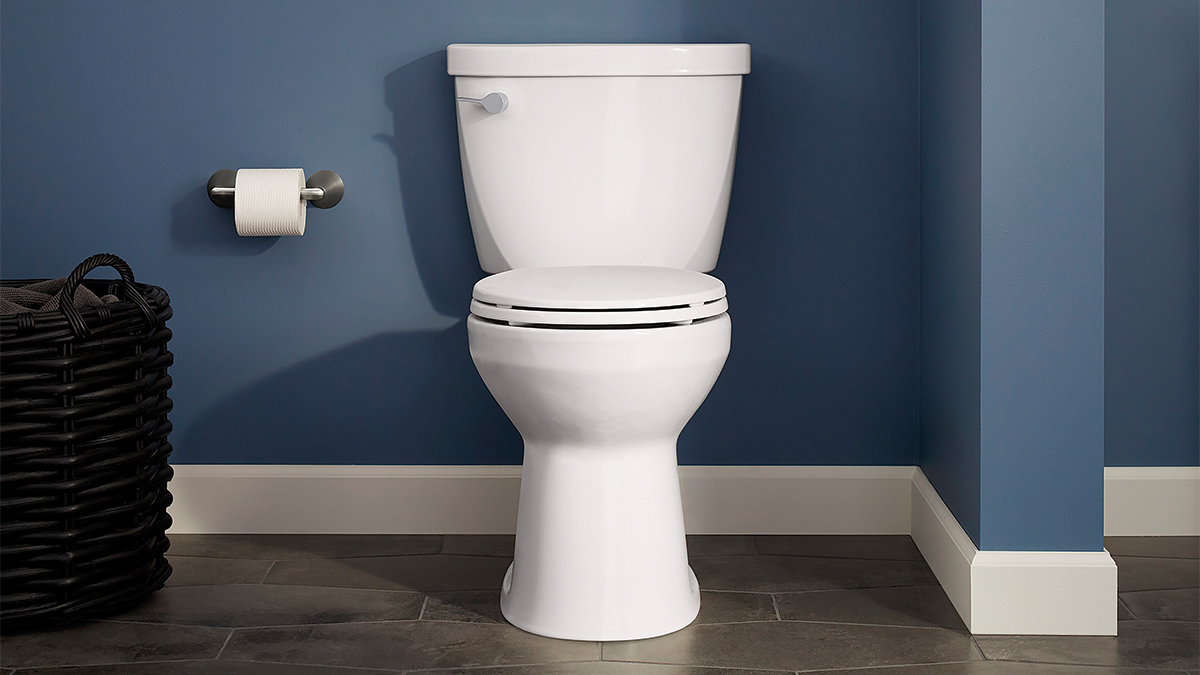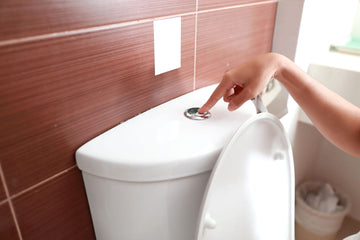As the global community increasingly turns its attention to environmental sustainability, the importance of toilet water conservation methods cannot be overstated. For industry professionals, especially those in Quality Assurance (QA), understanding these methods can play a pivotal role in ensuring sustainable practices within their operations. This article delves into various strategies and technologies that are central to conserving water in toilet systems, enhancing efficiency, and supporting eco-friendly initiatives.

The Importance of Toilet Water Conservation
The bathroom, particularly the toilet, is one of the most significant areas of water consumption in residential and commercial buildings. Traditional toilets can use up to 3.5 gallons per flush, making them a primary target for water-saving upgrades. With the advent of modern technology, there are now effective ways to reduce water usage significantly without compromising performance. This is crucial for QA professionals tasked with maintaining both environmental standards and operational efficiency.
Innovative Low-Flow Toilets
One of the most popular methods of conserving water in toilets is the installation of low-flow toilets. These toilets use significantly less water per flush, typically around 1.28 gallons, compared to the older models. By implementing low-flow technologies, industries can drastically reduce their water footprint. For more detailed guidance on selecting and maintaining low-flow toilets, you can check out this Low-Flow Toilet Guide.
Retrofits for Existing Toilets
For those who are not ready to replace their entire toilet systems, retrofitting existing toilets is a viable option. This involves upgrading components of the toilet to improve water efficiency. Common retrofits include installing dual-flush conversion kits or adjusting the water level in the tank. For insights on retrofitting methods and their benefits, visit Retrofits for Water-Saving Toilets.
Advancements in Toilet Design
Innovative toilet designs have also emerged as key players in water conservation. These designs not only focus on reducing water usage but also on enhancing the overall efficiency and user experience. For instance, pressure-assisted toilets and vacuum-assist toilets are notable for their superior flushing capabilities using less water. To explore more on innovative toilet designs, check out Popular Water-Saving Toilet Designs.
Calculating the Return on Investment
Investing in water-efficient toilets may involve upfront costs, but the long-term savings are substantial. By calculating the return on investment (ROI), businesses can understand the financial benefits of these eco-friendly upgrades. The savings on water bills combined with potential rebates make these investments worthwhile. More on this topic can be found in Calculating ROI for Water-Saving Toilets.
Maintenance for Water Efficiency
Regular maintenance of water-efficient toilets is crucial to ensure they continue to perform optimally. This includes checking for leaks, ensuring the flushing mechanism is functioning correctly, and cleaning the toilet's components to prevent blockages. For maintenance tips, visit Maintenance for Water-Efficient Toilets.
External Resources for Further Reading
For those interested in a do-it-yourself approach to conserving toilet water, consider this comprehensive guide on DIY Water Conservation. Additionally, the article on Eco-friendly Resolutions provides valuable insights into the financial and environmental benefits of upgrading to water-efficient toilets.
Conclusion
Implementing toilet water conservation methods is a critical step for industries aiming to enhance sustainability while maintaining high standards of quality and efficiency. By investing in modern technologies and maintaining existing systems, businesses can significantly reduce their environmental impact and operating costs. As water conservation becomes increasingly important, the role of QA professionals in advocating for and implementing these methods will be vital.

FAQ
What are the most effective toilet water conservation methods?
The most effective methods include installing low-flow toilets, retrofitting existing toilets with water-saving devices, and ensuring regular maintenance to prevent leaks and improve efficiency.
How do low-flow toilets contribute to water conservation?
Low-flow toilets reduce the amount of water used per flush, typically using only 1.28 gallons compared to the 3.5 gallons used by older models, significantly cutting down on overall water usage.
What is the ROI on investing in water-efficient toilets?
While the initial investment may be higher, the long-term savings on water bills and potential rebates make the ROI substantial, with many businesses recouping their costs within a few years.






